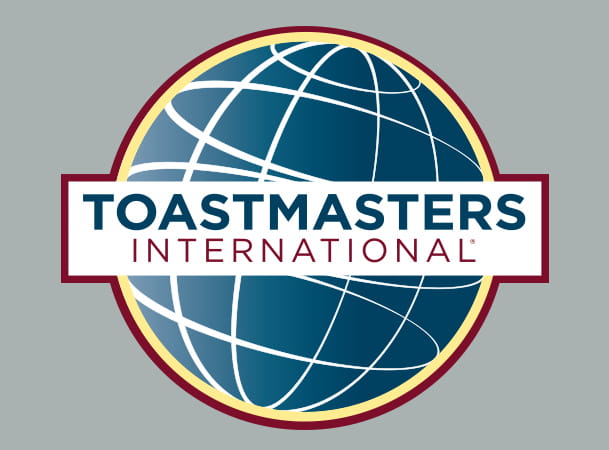
A sales pitch or proposal seeks to persuade. The objective of the presentation is to sell a product, concept, or idea. The ability to present sales pitches and proposals effectively can open the door to professional opportunities.
To organize ideas into a successful sales pitch or proposal, use the “inverted pyramid” approach, which gives an audience the most important information in the first few sentences (how much money might be saved, how lives might be improved, etc.). Support claims with logic and evidence, and end every sales pitch or proposal with a call to action. If an audience agrees with the initial message or point, the supporting material that follows will reinforce that agreement. If an audience disagrees, logic and evidence may win them over.
Use high-quality yet simple visual aids, such as charts or slides, to help clarify the presentation. Make sure the visual aids can be seen by every person in the audience, and limit each chart or slide to a single main point.
Offer a question-and-answer period following a sales pitch or proposal, which can supply you with valuable feedback about the effectiveness of the pitch. It also gives an audience the opportunity to further clarify specific points or data that was presented. Below are a few ways to effectively answer questions from an audience:
- Anticipate possible questions by rehearsing with colleagues or friends.
- Provide answers that support the sales pitch or proposal.
- Disarm loaded questions (those based on false premises or irrelevant assumptions) by being polite and asking the questioner to further explain his or her question.
- Divide complicated questions into several parts before answering them.
Related Articles

Personal Growth
Instagram Influencers in the Spotlight

Presentation Skills
Supercharging Your Storytelling and Sales

Persuasion



 Previous
Previous
 More on the Art of Influence
More on the Art of Influence
 Previous Article
Previous Article